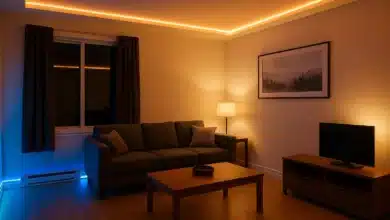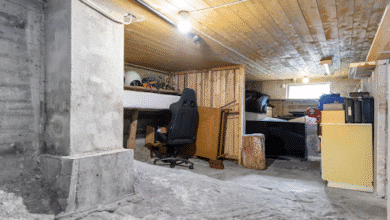The Role of Wood in Modern Construction: Strength, Sustainability, and Style

Wood has been one of humanity’s oldest building materials, yet it continues to play a vital role in modern construction. Far from being replaced by steel and concrete, timber has evolved through improved treatments, engineering, and sustainable sourcing to become one of the most versatile and environmentally responsible materials available.
From roof trusses and timber frames to floor joists, cladding, and internal finishes, wood offers builders and architects a balance of performance, cost efficiency, and environmental benefit that few alternatives can match.
Common Building Components Made of Wood
Wood features across many aspects of construction, including:
- Roof Trusses – Prefabricated timber trusses are widely used to form the structural framework of pitched roofs. They provide strength and stability while being lightweight and easy to install.
- Timber Frames – A core structural system used in both domestic and commercial buildings, timber frames form the skeleton of walls, floors, and roofs.
- Floor Joists and Beams – Engineered timber such as laminated veneer lumber (LVL) or I-joists offers excellent load-bearing capacity.
- Wall Studs and Partitions – Softwood studs are the standard for internal walls in residential buildings due to their ease of use and adaptability.
- Cladding and Facades – Timber cladding provides an attractive, natural finish while improving thermal performance.
- Windows, Doors, and Joinery – Hardwood and softwood are used for durable and aesthetically pleasing frames and fittings.
Performance Advantages of Wood
Strength-to-Weight Ratio
Wood’s strength relative to its weight is exceptional. Engineered timbers, such as glulam (glued laminated timber), can rival or exceed the structural capabilities of steel in certain applications while being far lighter. This makes transportation, handling, and installation easier and safer.
Thermal Performance
Timber is a natural insulator. Its low thermal conductivity reduces heat loss, helping buildings achieve higher energy-efficiency ratings. This inherent property means less reliance on additional insulation materials compared with steel or concrete structures.
Acoustic and Moisture Performance
Timber construction provides good acoustic absorption and can regulate indoor humidity, contributing to a more comfortable living environment. Engineered and treated woods are also highly resistant to warping and moisture when correctly detailed.
Cost Advantages
Speed and Efficiency of Construction
Prefabricated timber components such as trusses and panels can be manufactured off-site to precise specifications and assembled quickly on-site. This reduces labour costs and project timescales.
Lightweight Foundations
Because wood structures are lighter than steel or concrete, they often require smaller and less expensive foundations — particularly valuable on sites with poor ground conditions.
Maintenance and Longevity
Modern treatments and finishes give timber excellent resistance to rot, pests, and fire. With appropriate design and maintenance, timber structures can last for centuries — many historical buildings across the UK stand as testament to this.
Environmental Impact and Sustainability
Renewable and Low-Carbon Material
Unlike steel and concrete, which are energy-intensive to produce, wood is a renewable material that stores carbon throughout its life cycle. Every cubic metre of timber used in construction locks away roughly one tonne of CO₂.
Reduced Embodied Energy
Timber production requires far less energy than manufacturing other structural materials. Sourcing timber from sustainably managed forests ensures that new trees are planted to replace those harvested, maintaining ecological balance.
End-of-Life Benefits
Wood can be reused, recycled, or used as a source of bioenergy at the end of its life. This circular potential makes timber a central player in sustainable construction and the transition to net-zero building practices.
Aesthetic and Design Flexibility
Beyond its performance and sustainability credentials, wood offers a warmth and character that enhances architectural design. Whether left exposed in structural elements like beams and trusses or used decoratively in cladding and interiors, timber adds natural beauty and texture that few materials can replicate.
Its versatility also allows architects to achieve both traditional and contemporary styles — from rustic barn conversions to sleek, modern eco-homes.
The Future of Timber in Construction
As the construction industry moves toward greener building standards, wood’s role will only expand. The rise of mass timber technologies such as cross-laminated timber (CLT) is enabling the construction of multi-storey commercial buildings and even skyscrapers using predominantly wooden structures.
With innovations in digital design, prefabrication, and sustainable forestry, timber is well-positioned to remain at the heart of modern construction — combining strength, efficiency, and environmental stewardship.
In Summary
Wood’s enduring appeal lies in its balance of performance, cost-effectiveness, and sustainability. Whether used for roof trusses, timber frames, or architectural finishes, it continues to outperform many synthetic materials in both environmental impact and overall versatility.
As the UK construction sector embraces more sustainable methods, timber stands out as a natural choice — quite literally — for building a greener future.






